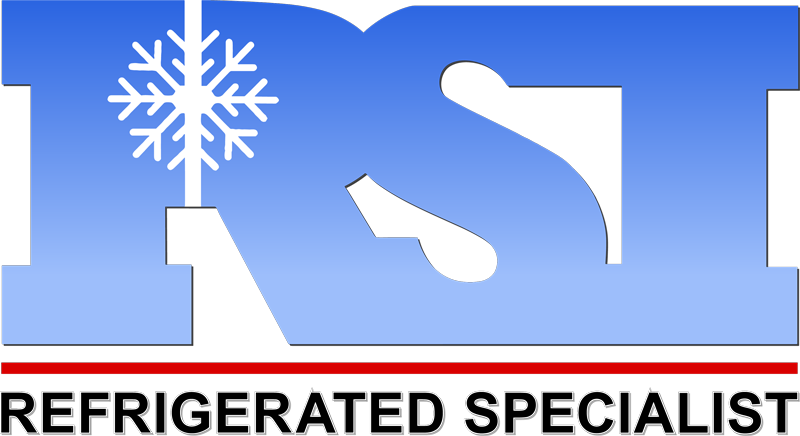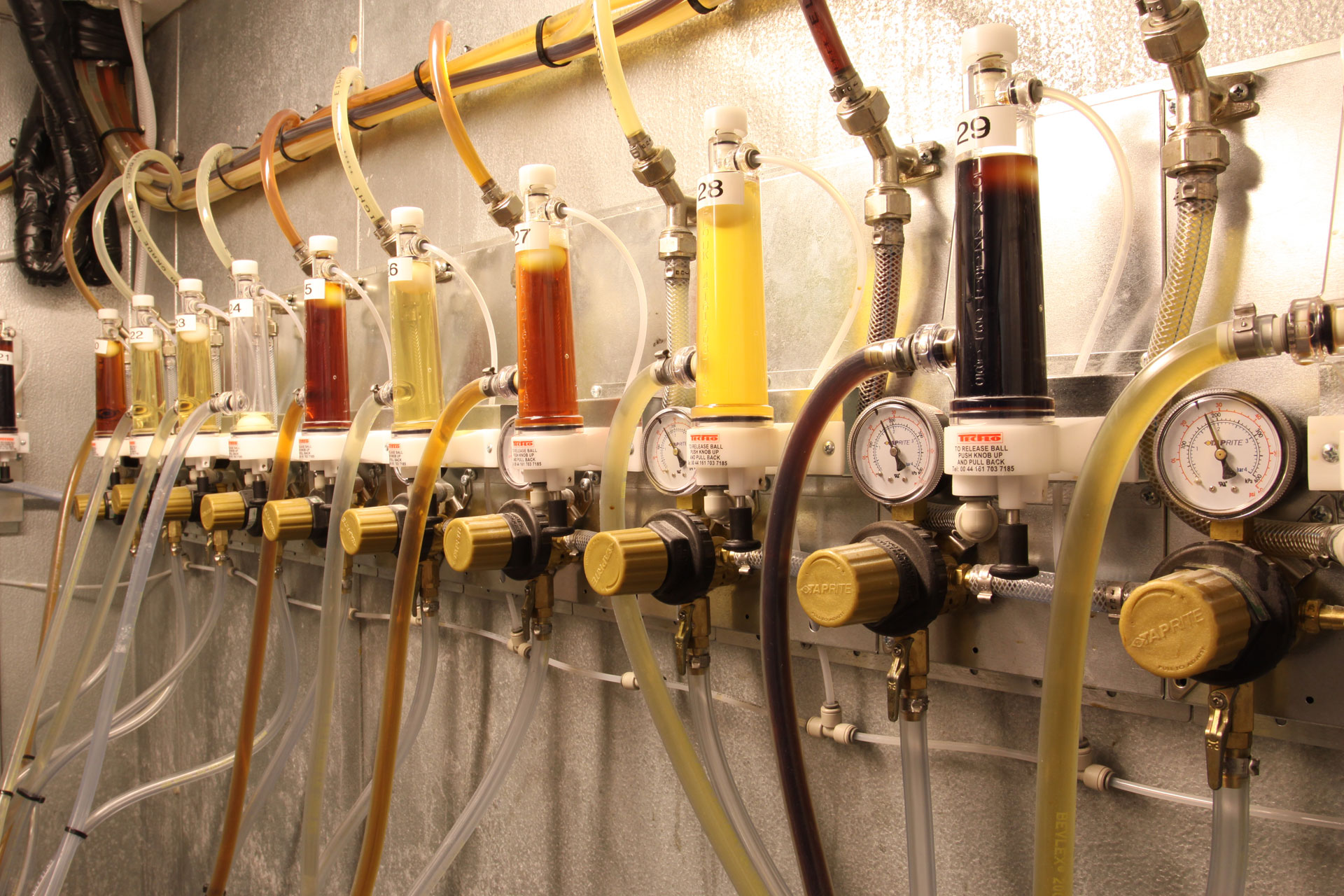Thinking about long draw draft beer systems?
Long draw draft beer systems are where glycol refrigeration systems are utilized to keep beer cold from a walk-in cooler all the way to the tap. If you are thinking about choosing long draw beer systems, there are some questions you should ask before making that decision.
Five Questions to Ask When Choosing Long Draw Draft Beer Systems:
- How far will the keg storage be from the tap?
- Do we want the lines to run overhead or underground?
- What types of beers will we be selling?
- Do we want to push or pump the product?
- How can we maximize our profits?
So, let’s take these questions one at a time and break it down.
How far will the keg storage be from the tap?
The answers to this question will determine a lot as far as cost and size. The product/glycol conduit will have two to four glycol lines sending and returning (circulating) the refrigerated glycol through them to keep the beer cold. The glycol lines are surrounded by the product lines. Each line is directly contacting the glycol lines. This bundle is insulated and sealed with vinyl tape. The length of the run will determine the cost, chiller size, and product loss.
Depending on the number of product lines, conduits average between $10.00 and $27.00 per foot.
Chillers are rated by BTU’s and the horsepower that ranges from 1/5 horsepower to 1 ½ horsepower, and even larger for remote applications.
The length also determines the loss. Your beer vendors should be cleaning your lines every two to three weeks. There is ¾ of an ounce per foot, per line. A 100-foot run would have 75oz of product per line. Using a 16oz glass, that is about five beers down the drain. With a 12oz glass, that is 6.25 beers down the drain that you paid for but you cannot sell.
Do we want the lines to run overhead or underground?
The decision you make based on this question will help you decide if you should push or pump and it affects the size of your chiller as well. You can do in either both situation but need to consider the gravity. Lifts and falls can create gas pockets in the lines. This can create foam.
If you plan to run your lines below the floor, you will need a beverage chase large enough to house all the beverage lines and the cooling lines wrapped as a bundle. Remember, though, due to the rigid construction of the product/glycol conduit, plus the insulation around each bundle, the beverage chase will require long radiuses at each turn. Keep all turns to a minimum if going underground or overhead.
The underground beverage chase needs to be sealed and waterproofed. If the chase is compromised and takes on water, your glycol chiller will not be able to handle the load. You will have foaming beer.
What types of beers will we be selling?
The kind of beer you are selling will determine what types of gas you will use to operate your system. Stout beers require a 25/75 blend of CO2 and nitrogen. Additionally, Lagers and Ales require CO2. If pushing, you should use a blend of 60/40 or 70/30.
Do we want to push or pump our beer?
If pushing beer, you should note that Lagers, Ale’s, and Stouts, have natural CO2 content from the fermentation process that is typically 12 to 15 PSI. CO2 can be in a liquid or gas state. CO2 that is under pressure, and under temperature, can be dissolved in liquid. At 38 degrees Fahrenheit and above CO2 will convert back to a gas. So if your kegs are at 34-38 degrees Fahrenheit with straight CO2 pressure, it will over carbonate the beer.
To help this problem, beer systems use a blended gas. You can achieve the “pushing” method by blending CO2 and nitrogen to a ratio to meet your needs. They use CO2 and nitrogen in order to increase pressures above the 12-15 PSI of natural CO2 pressure to “push” the beer out of the vessel to the faucet. This prolongs the effect of the over carbonation of the beer.
If pumping beer, you do this by keeping natural keg or rack pressure on the vessel of 12-15 PSI. Then using CO2 like electricity to operate the pumps. It keeps the beer packed in line, minimizing gas pockets and giving consistent pours.
How can we maximize our profits?
Determine your conduit length and calculate your product volume based on the number of flavors you will be using. Determine if length of run warrants the use of FOB (Foam On Beer).
A FOB cost between $70 and $120. They utilize a float to seat the product line and stop the flow when the keg is empty. It doesn’t lose the primed line. This added FOB equates to no spraying foam at the end of the keg and you don’t have to re-prime the lines.
What is the most important point to remember?
The most important thing to remember, no matter what decision you make, is to keep all your equipment maintained. Temperature is the #1 cause of foam and waste. Keep your walk-in cooler in good operation. Maintenance your glycol refrigeration system on a regular basis. These measures will help sustain the life of your beer system and maximize your profits.
Find out more about long draw draft beer systems:
Additional information on long draw beer systems is also available in this article: Long Draw Beer Systems
Contact RSI for all your beer system needs.
Phone: 972-279-3800
Toll-Free: 888-TOO-WARM
Service Email: RSIService@rsidfw.com




